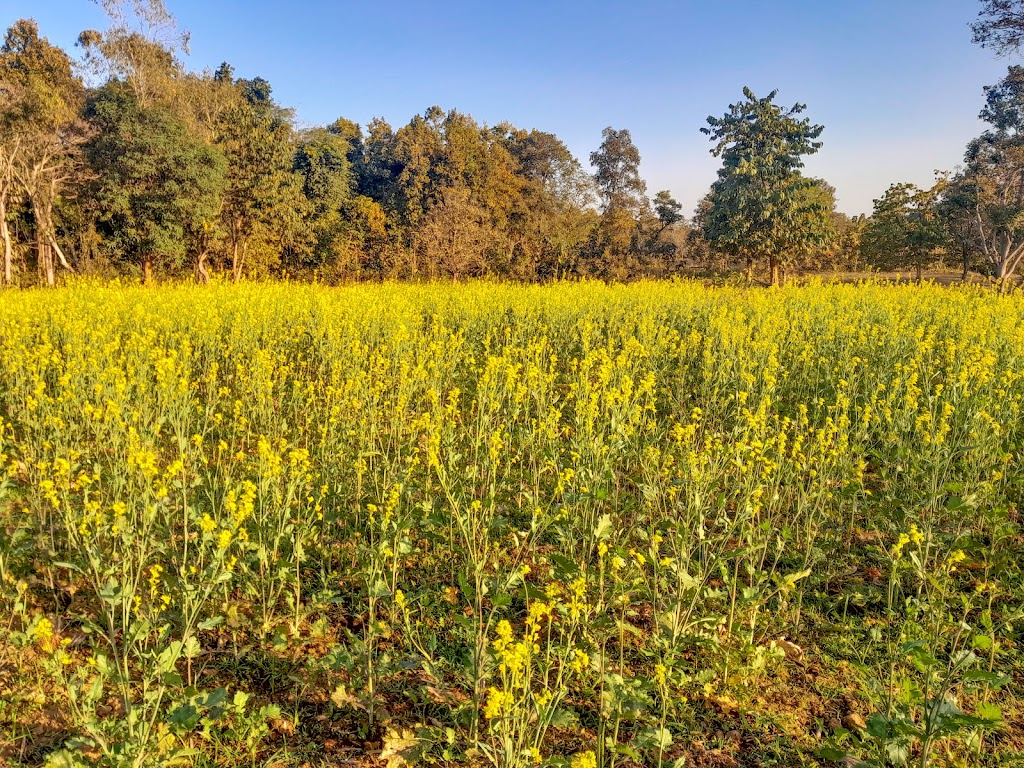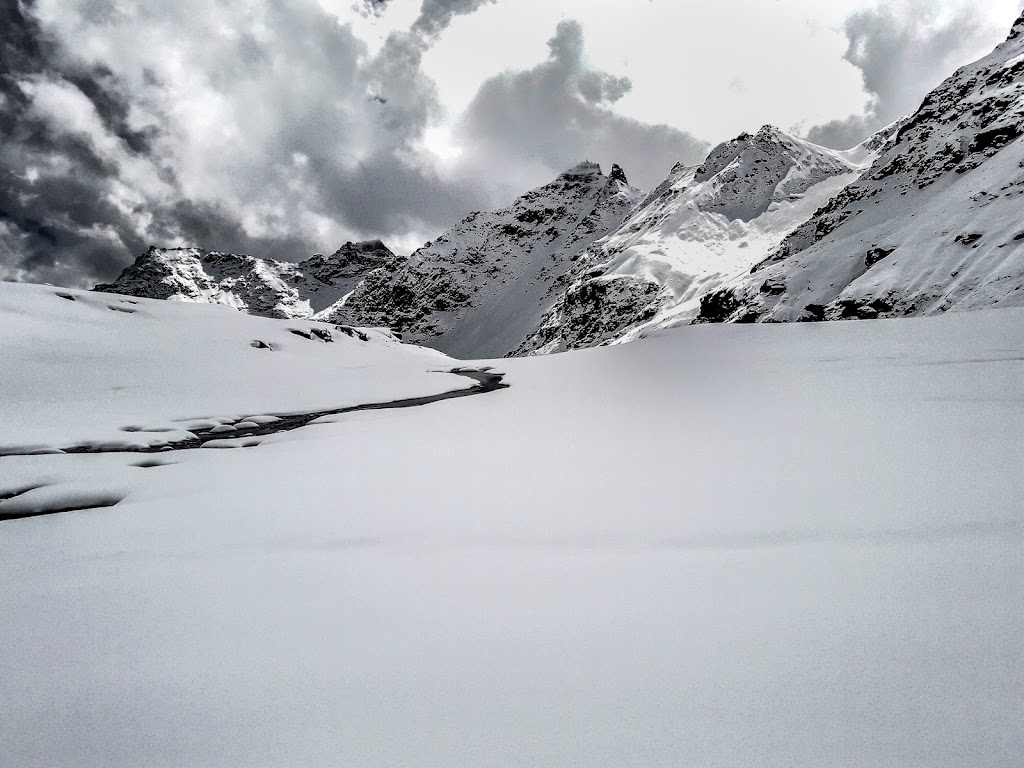Jaldapara: The two men on the photograph are piling up salt near the Holong bungalow. The wild animals especially elephants and rhinos love to have salt after finishing their meal(This was one of the things which I learnt in this travel). There has been cases when elephants have run a rampage on nearby villages for salt. The salt piles are placed strategically so the occupants of the bungalow are able to see wildlife at night!

Kuenga Hotel: I had been to Phuentsholing a few times in my childhood. The last time being in mid 90s. And everytime we had gone to Kuenga. Back then it was the place to be, the food was tasty(i trust my memory) and it had a nice atmosphere.I still remember the rice and chicken curry which we had. But times have changed, people have changed and infact places have changed so much that this hotel has become a vegetarian one. We were nostalgic, so decided to try even the veg food. But our nostalgia resulted in a disaster.I am very particular about food, and alas Kuenga’s food is nowhere near standard now.

Phuentsholing: A birds eye view of Phuentsholing from the Gompa. One of the musts if you visit Phuentsholing is visiting the Gompa. Now even the roads have been made 2 lanes by the BRO and are in excellent condition. The town is dotted with LandCruisers, CRVs, Pajeros and other Jap SUVs. I heard that all the cars of Bhutan are imported ones – they are ferried to Khidderpore dockyard in Calcutta and from there the cars are transported to Bhutan
Phuentsholing Gompa: The Gompa remains open in the morning and closes in the afternoon to open again at 4 in the evening. Photo shows one of the several monks moving around the Gompa. When you enter the place you need to go around the Gompa clockwise, rotating the drums clockwise. The anticlockwise rotation movement is not considered auspicious by Buddhist.Atleast that was what I was made to understand by one of the monks there when we were going the opposite way.
Tea plucking: Not sure whether its visible in the picture. But those small white dots in the photo are those of tea labourers plucking tea leaves. Tea is a major business in North Bengal and several big India tea companies have bought large tracts of land for tea cultivation. June-July is the peak season for plucking tea leaves.

























